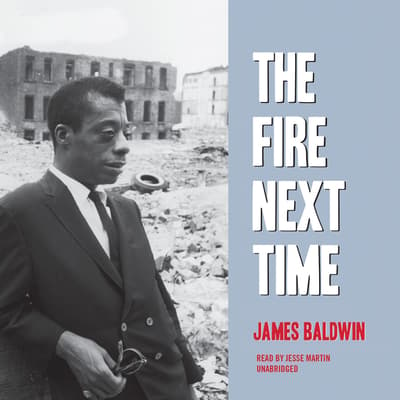

Critics fault BLM for reintroducing the problem of race and its significance in a supposedly “post-racial society.” Between the 2014-15 protests in Ferguson, Missouri, against the shooting of Michael Brown, and the acquittal of his killer, Darren Wilson, and protests this held this year in Dallas, Texas, against the killings of Alton Sterling and Philando Castile, Black Lives Matter and its affiliates have attracted substantial controversy and even anger. Shortly thereafter, with the assistance of the third co-founder Opal Tometi, the hashtag and its influence grew exponentially, creating a wide network of activists.Īfter various demonstrations across the United States, the cause has gained momentum and international attention. It was quickly adopted by many others voicing their grievances online. In a new documentary short, How a Hashtag Defined a Movement, BLM co-founder Alicia Garza talks to director Sabrina Schmidt about how, in the aftermath of Zimmerman’s acquittal, she wrote “a love letter to Black people” on Facebook, which concluded with the seminal line: “Black lives matter.” Patrisse Cullors, another co-founder, took the initiative of putting a hashtag in front of the phrase and sharing it. Though #BlackLivesMatter is but one part of the history of Black collectivized action, it’s a useful entry point. In the tumultuous three years since George Zimmerman was acquitted of fatally shooting Trayvon Martin, in 2013, Black Lives Matter has grown into a dynamic political movement, galvanized by online communities and on-the-ground protests. This is the question, canonized in the pages of The Fire Next Time, that James Baldwin arrived at in 1962 those involved in Black liberation today have come to a similar crossroads.

“Do I really want to be integrated into a burning house?”


 0 kommentar(er)
0 kommentar(er)
